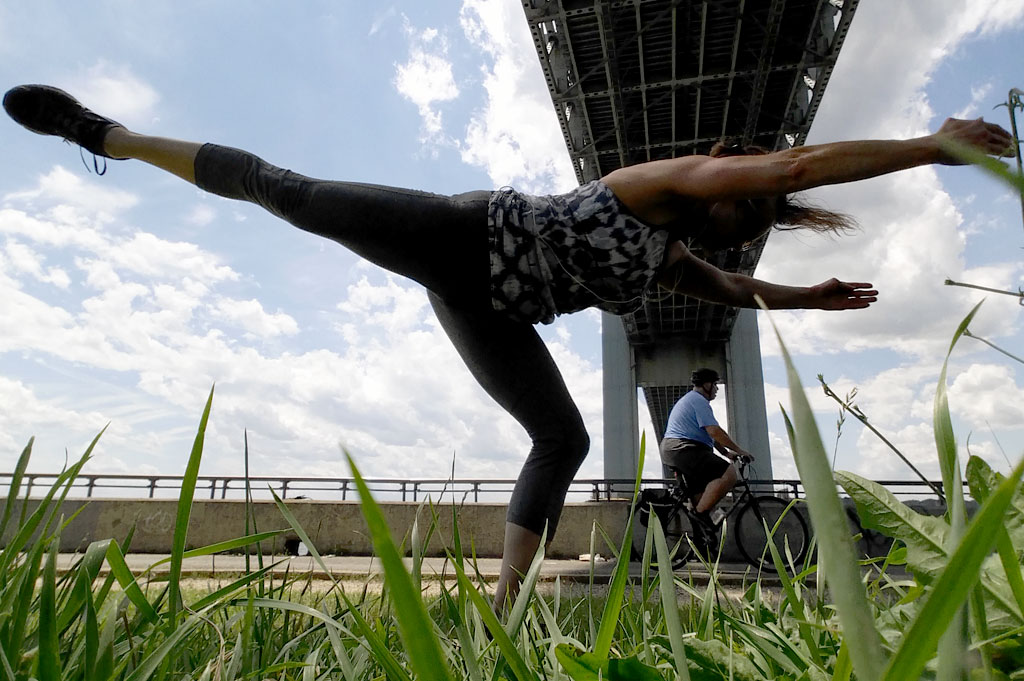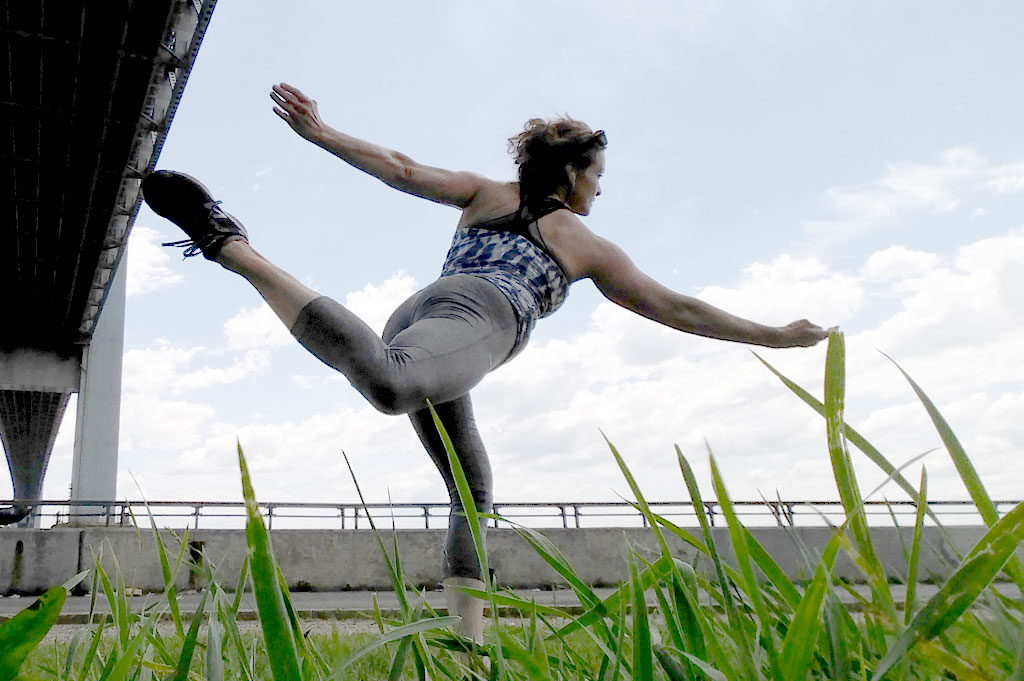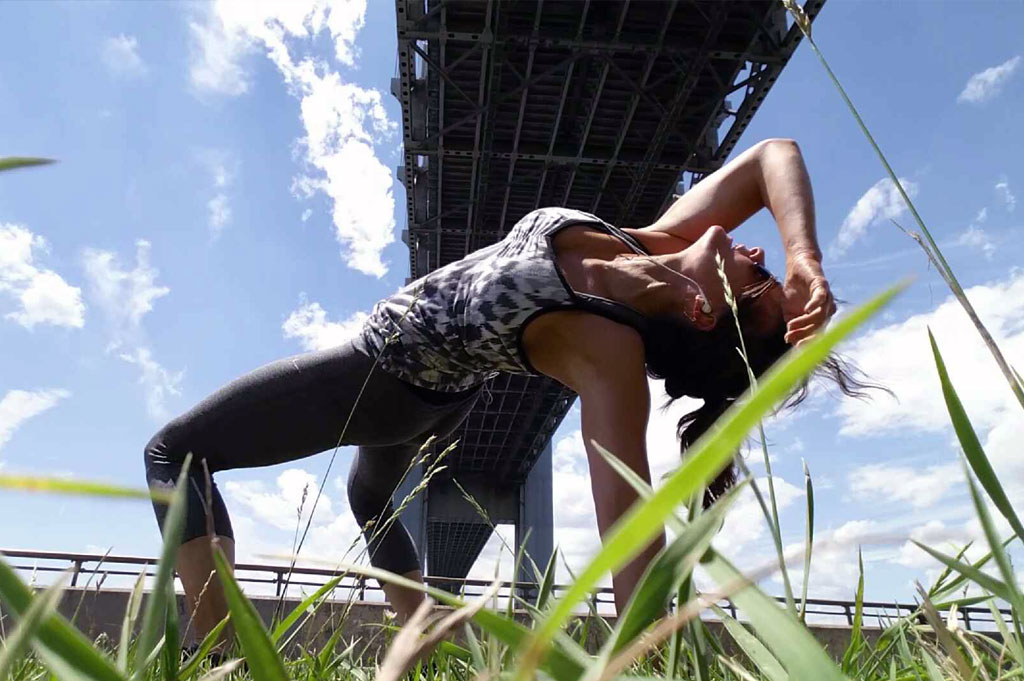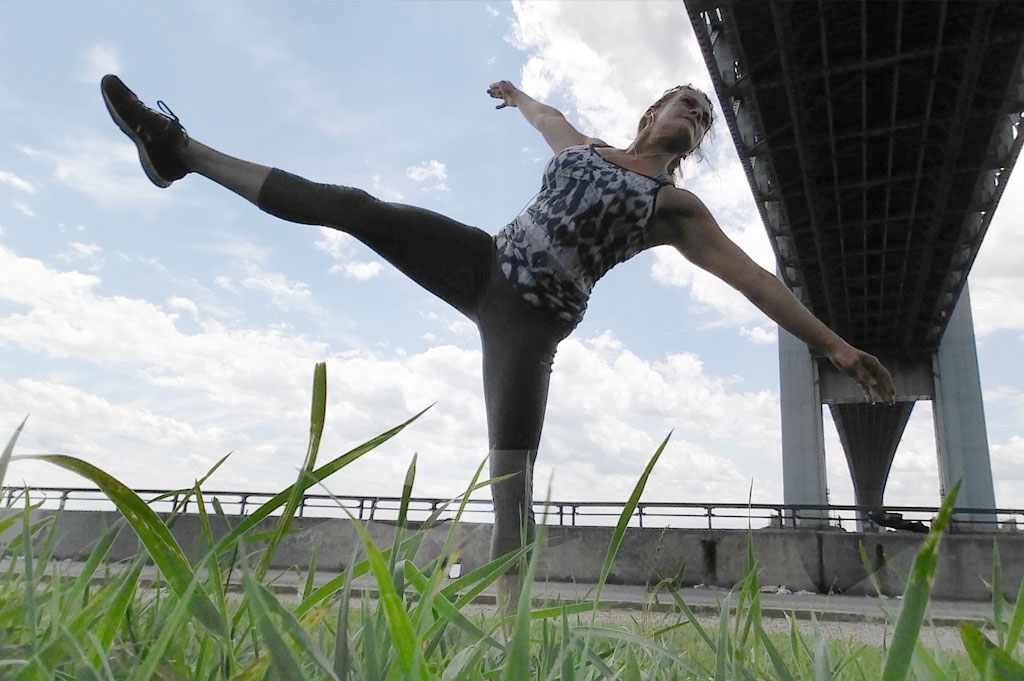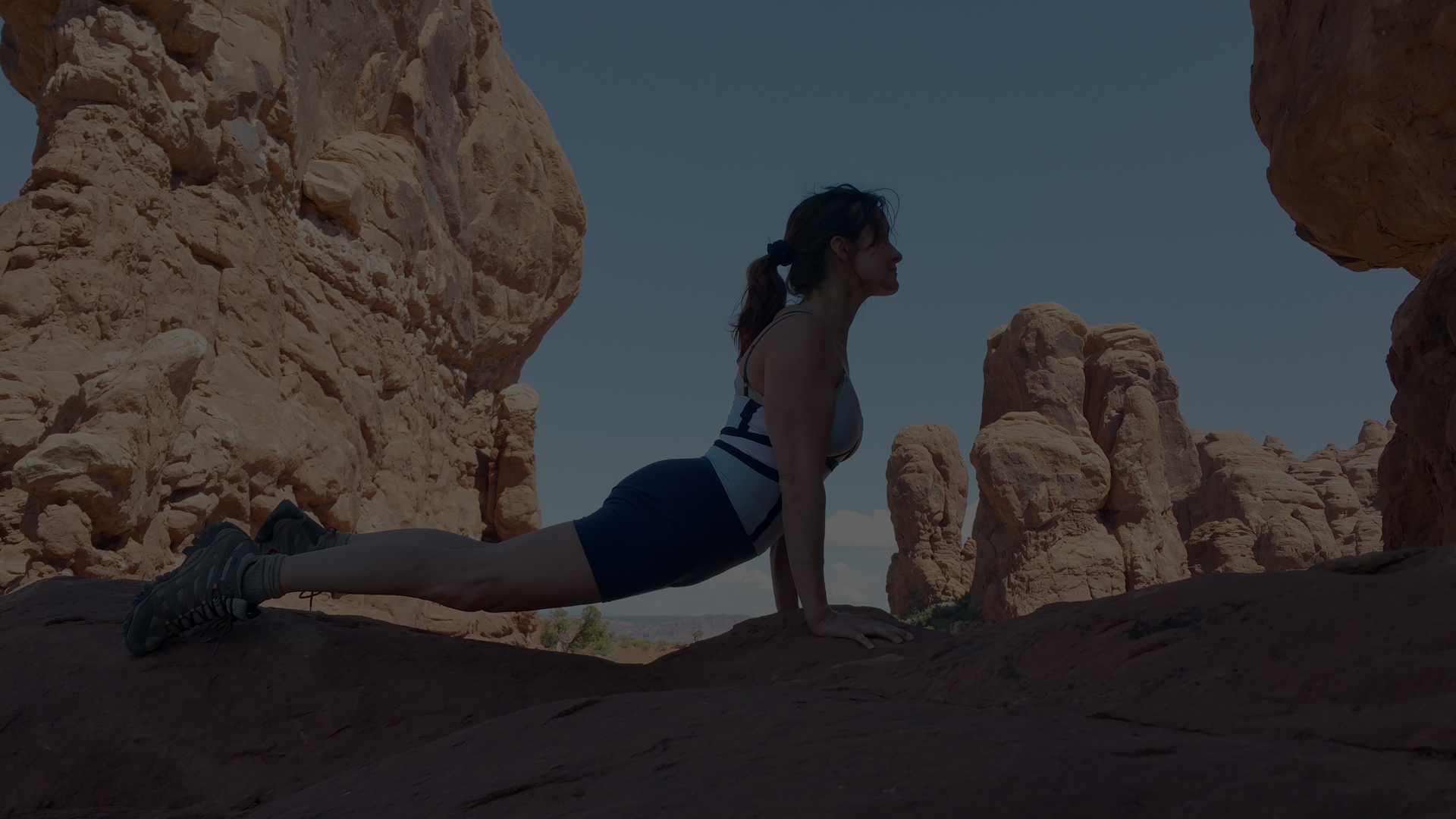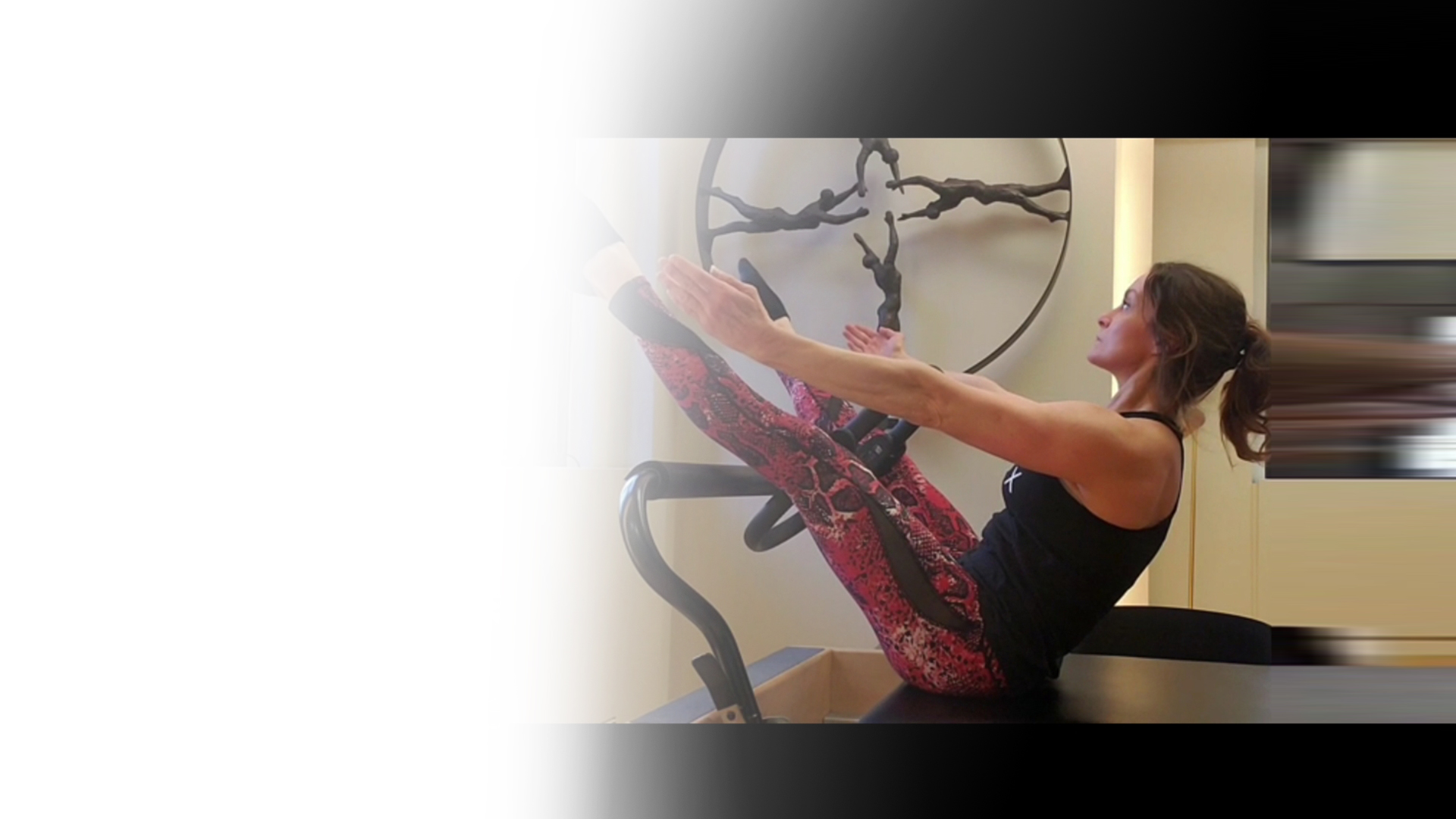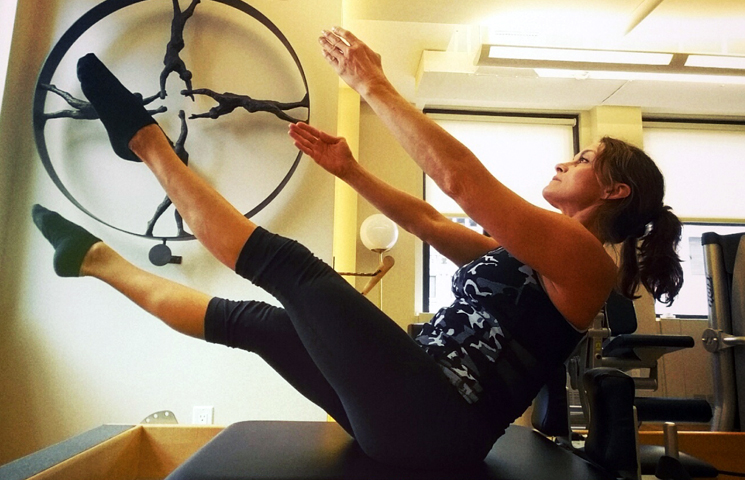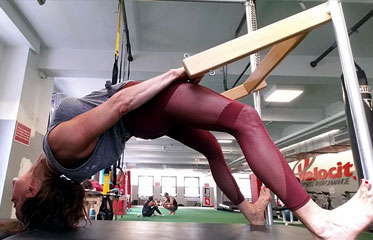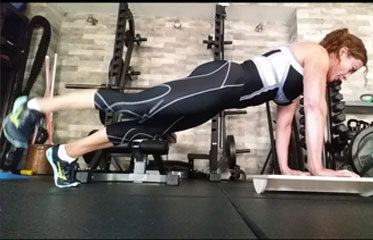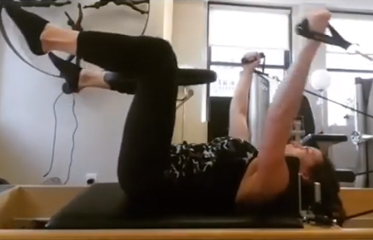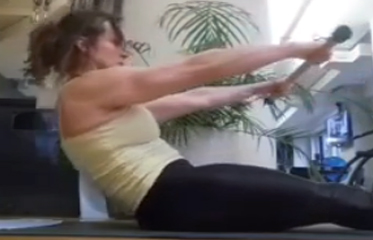Pilates
Why is breath awareness important?
Aside from the obvious, that it is essential for life, how we breathe directly affects our posture and our ability to activate our core musculature. These aspects are two of the primary reasons why people practice Pilates. While many clients have expressed their desire to improve their core strength and postural alignment, they are, probably unbeknownst to them, needing to address possible breathing dysfunction. Proper posture enables the muscles that comprise our core to engage much more effectively, which results in an improved quality of breathing. In turn, when we think about how we're breathing, we can cue ourselves to increase activation of our core, which can positively affect our postural alignment. These three factors (breathing, core and posture) are significantly interrelated, and therefore directly impact each other. Another significant component of breath awareness is that breathing is important for the health of the cells and cellular function. Cell turnover is a constant, ongoing process. Cells need a new supply of oxygen so they can produce energy.Many clients I have worked with have stated that they want to increase their core strength. While I do incorporate exercises in their program to strengthen this musculature, this alone is not enough. If you train a client twice per week, those two hours are less than 2% of their entire week! This is where education and cueing are essential to give clients the information they need to enable them to apply these concepts into their daily routine. It must be a conscious effort to re-pattern muscle memory to learn how to activate the musculature correctly, to support the skeletal structure in its ideal neutral posture. Here I'm going to go into detail about the technique to maximize core activation with breathing. I recommend practicing these "exercises" daily, as frequently as possible, so that it becomes habitual.
How should be breathe?
There are different ways to do so, and that will change based upon the exercise modality you are doing at that time. One way of breathing will achieve a better result when lifting, while another approach could help to reduce stress. In this feature, I'm only going to address two specific styles of breathing:-basic breathing practice for daily life (diaphragmatic breathing)
-Pilates breathing
Before I get into the specific techniques, I want to address two points, as you need to have a basic understanding of the following first.
1- what structure you should use for inhalation
2- the anatomical structure which comprises the core (inner unit)
It's ideal to inhale through your nose, as it's designed to filter out pollutants, viruses and bacteria, and to adjust the temperature of the air we breathe to our internal body temperature. Proper breathing improves the quality and function of the respiratory system. It's beneficial to take slower, deeper breaths. Exhalation is your body's opportunity to expel toxins.
Knowing the basic anatomical structure of the core will facilitate your ability to get sufficient activation and function of this structure as a unit, in relation to other systems in the body. The core is not a separate entity. The goal is to utilize the core for control of your movement; for stability of the trunk when necessary; to connect the shoulder and hip complexes to each other; to support the spine in neutral posture (especially for prolonged periods of time). The last component is especially important for those individuals sitting at a desk for the majority of their day.
Anatomy of the Core
I teach my clients the following imagery to help them have a visual of their core structure. Picture a soup can; it has three basic components…the main structure of the can and the two lids. The top lid represents the diaphragm. I mentioned earlier that the diaphragm is the primary breathing muscle, but not coincidentally it's part of your core structure. The bottom lid represents the pelvic floor, without which, the contents would fall out. The can represents the transverse abdominus (TVA), or abdominal wall. These three structures together form the crux of the basic core unit. As a footnote, there are two additional muscles that comprise the core...the multifidus and the internal obliques. I will not be addressing these here.Diaphragmatic Breath
When you belly breathe, during inhalation, the abdominal wall will inflate while the diaphragm contracts downward, enabling the lungs to expand. Upon exhalation, think of contracting the pelvic floor* upwards while engaging the abdominal wall inwards toward your center. *A side note regarding the pelvic floor. It is a small muscle at the base of the core that connects your pubic bone to your tailbone and your two sits bones. A simple way to think of contracting it is to stop the urine flow before you finish; that's the sensation. One drill you can do is to practice the above technique 10-15 times, 2-3 sets daily, or randomly throughout your day. Be sure to re-engage your pelvic floor and abdominal wall with every exhale. Goal is to focus on conscious, purposeful activation of the structures to train diaphragmatic breathing.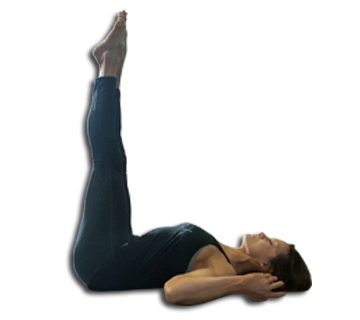
Pilates Breath
The second drill I teach is more directly geared towards the Pilates breath, which is a posterior, lateral breath. I will explain this below. In this variation, we do not want to inflate the belly allowing the abdominal wall to release. When doing specific movement in the Pilates technique, or exercises under load, you want to maintain maximal TVA activation to provide support to the spine, trunk and hip complex. With this approach you keep your abdominal wall engaged during the inhalation and exhalation. While this restricts the diaphragm from fully inflating, it enables the core musculature to stay activated to support other structures in your movement. The inhalation will also feel more restricted, but the primary goal is to learn how to maintain core engagement while continuously breathing during an extended period of time - ideally at least 30 seconds, or as long as you can initially. Count out loud to 30. This allows for a constant, steady flow of air while maintaining core activation to ensure safe execution of your movement. Do NOT hold your breath during this time or try to exhale for 30 seconds, as this defeats the purpose.What is Posterior Lateral Breathing?
I referenced posterior lateral breathing above. So it's clear, posterior refers to the back, lateral to the side. With this style of breathing, you want to focus on allowing expansion of your rib cage in those directions. Due to the fact that you're not utilizing your diaphragm to its regular capacity, air must be inhaled using your lungs differently. Try breathing using the following imagery. Think of your lungs like balloons. While inhaling, think about inflating each balloon three-dimensionally. The goal is to breathe into the posterior lateral body (trunk) and maintain activation of your abdominal wall. Being able to channel into this area while engaging the core will result in greater control of your movement, and the ability to withstand a greater load (if that is your desired goal). It will also enable you to have better endurance in an isometric contraction of your core for exercise or other activities where required. This will provide support to the spine and other joint complexes.Here's a cue to incorporate into your breathing practice. Place one hand on your belly and the other on your sternum (upper chest bone). When you inhale, focus on breathing more into your belly than your chest. The hand placement will allow you to sense where your breath is predominantly coming from. One of the most common habits I see is breathing into the neck and shoulders. This is, in part, due to the fact that many people carry their stress in their upper trapezius muscles. In many cases you'll see the entire shoulder girdle rise up with inhalation. This can also result in added tension in the musculature of the neck. For this reason, I recommend doing some of your breathing homework in front of a mirror. This will enable you to actually see if your shoulders elevate and neck muscles engage upon inhalation. Remember, diaphragmatic breathing is breathing primarily into your belly, and it's part of your core!
In closing, I want to express the importance and value of being mindful of proper core activation with breathing. This will help increase your awareness of and strength in that musculature. Make a conscious effort initially, and the structure will engage more instinctively over time. Creating good habits is key! You will notice the following:
- improved core strength and posture
- increased support of your spine, especially the low back area
Don't hesitate to Contact Lisa Marie Kocsis with any questions or inquiries that you have.


